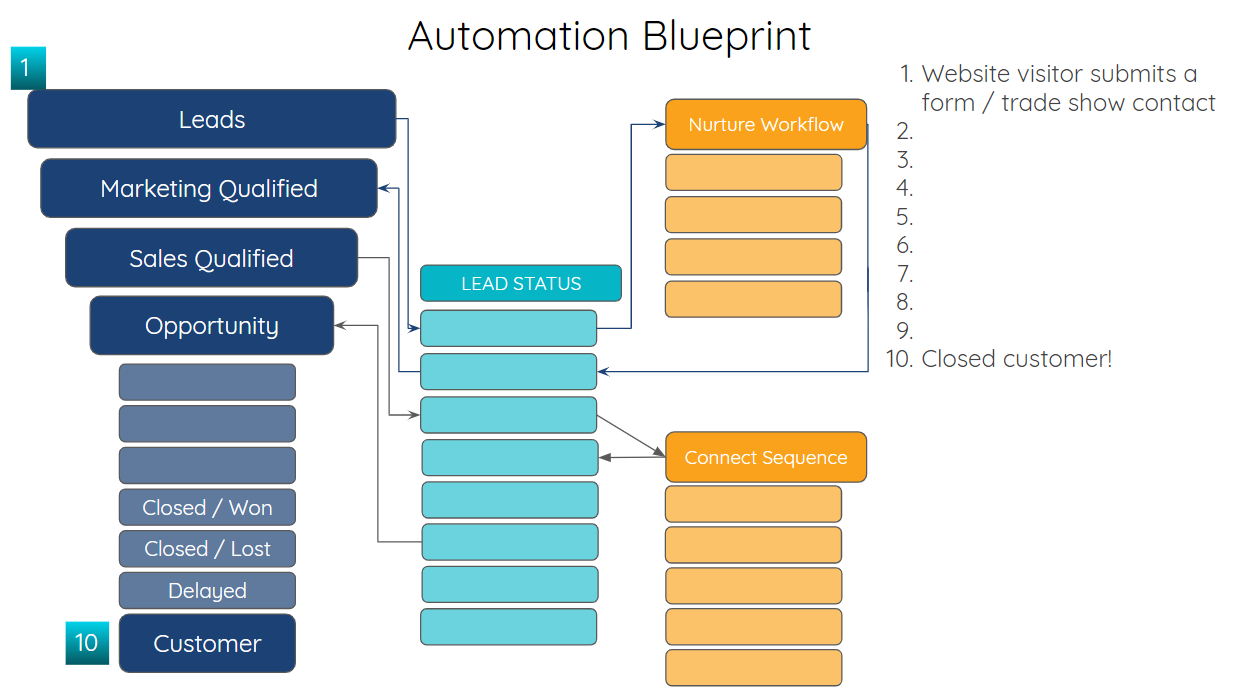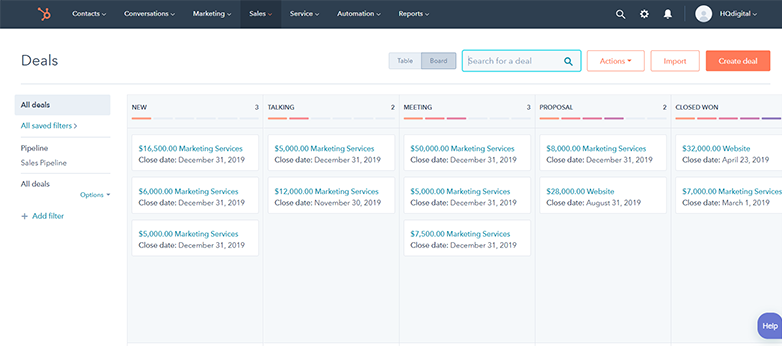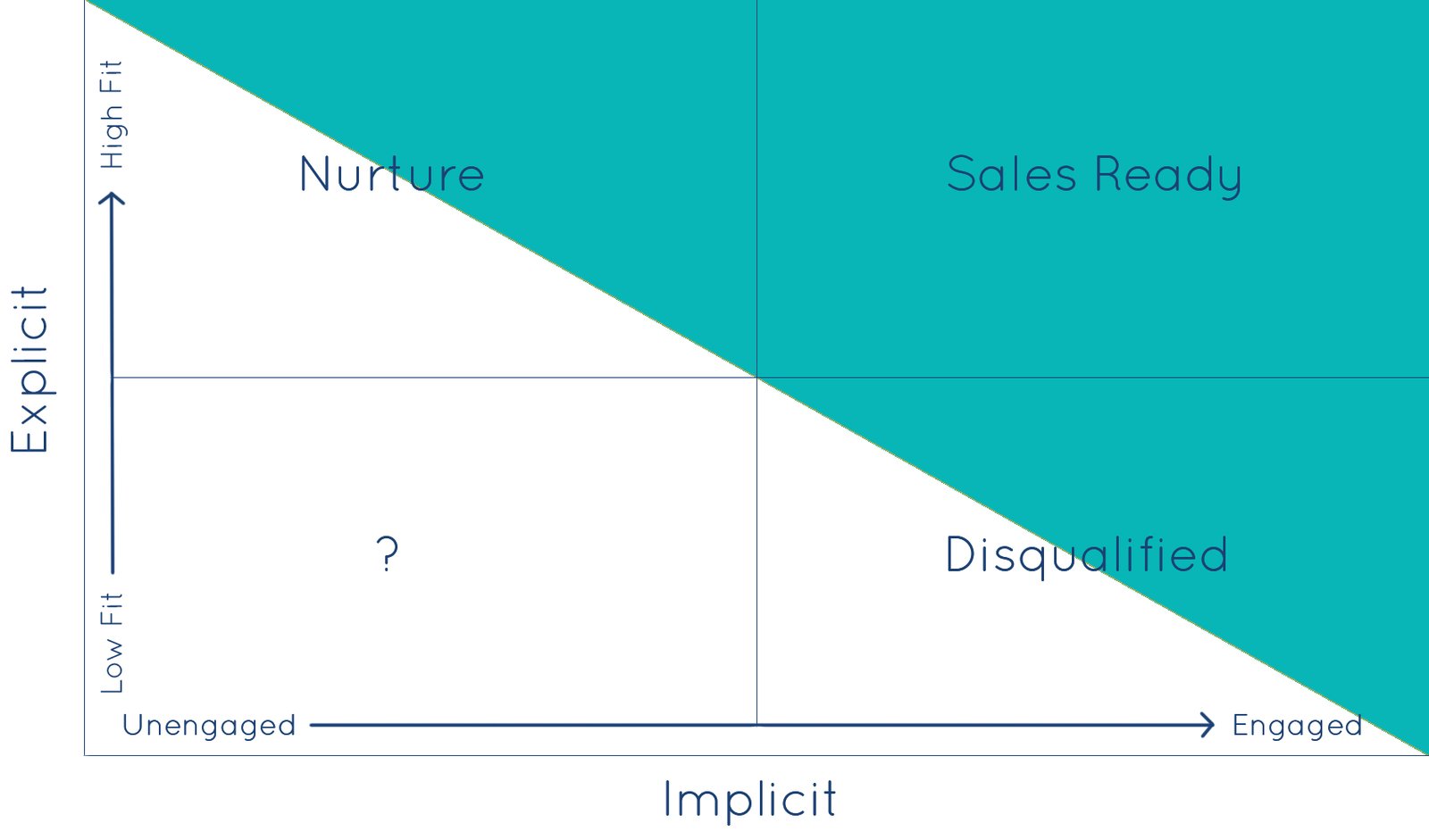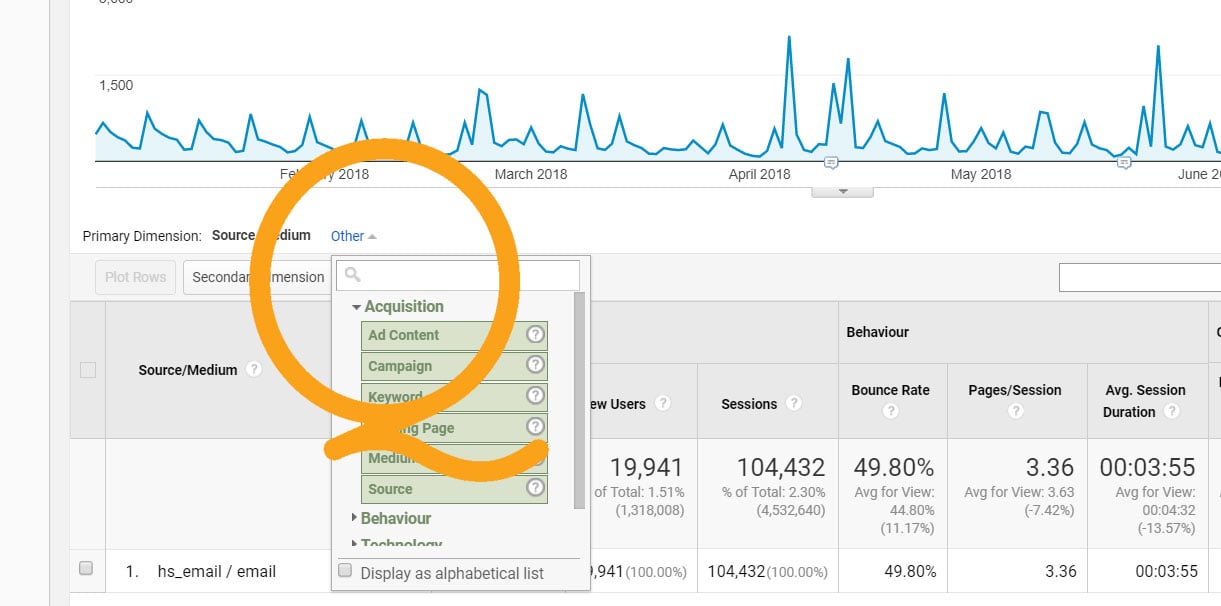 Too often, companies make the mistake of laying out their website page architecture in a way that makes sense to them, but not to their visitors. The results are confused prospects and lost sales opportunities.
Too often, companies make the mistake of laying out their website page architecture in a way that makes sense to them, but not to their visitors. The results are confused prospects and lost sales opportunities.
When a user lands on your website, you need to provide them with a clear path to take the action that you want. Don't leave anything up to chance or ever make your users guess what action they're supposed to take.
Use these tips to optimize your web page architecture for best results.
Prep Work
Websites exist for different purposes and have different goals, so it’s important to be very clear about the goals of your website in order to do a good job mapping out its pages.
Not sure what the goal of your website is? Let's talk.
Here are some example website goals:
- Convert website visitors into leads
- Sell products online (ecommerce)
- Demonstrate thought leadership
- Provide resources to a community of members
- Register attendees for an event
Make sure you have a clear understanding of your website’s primary and secondary goals. Get alignment and agreement from all key stakeholders upfront on what your website goals are. This will set you up for success by giving you a decision-making framework to govern the optimal organization of your website’s content.
You’ll also need to understand your website’s target audience in order to effectively organize site pages. Develop target personas for your website, noting key motivators, pain points and frequently-asked questions for each persona. If you have more than one persona, prioritize them based on revenue generation potential.
Use these personas to guide you when building your website arch map.
How to Build a Website Architecture Map
Once you’re clear on your website’s goals and its audience, it’s time to draft your website architecture map.
There are a lot of tools - free and paid - that can help you build a website arch map. We use Google Sheets because it’s easy.
Format your arch map like this:
Label 3-4 columns:
- Page Number
- Page Name
- Persona (If you have more than one)
- Page Goal
Page Number
Use a numbering system for your pages to stay organized. Most companies start with 0.0 for the home page and use whole numbers for top-level navigation items. Sub-pages are numbered using the number after the decimal.
For example:
- 0.0 - Home
- 1.0 - About
- 2.0 - Products
- 2.1 - Widget #1
- 2.2 - Widget #2
- 3.0 - Contact
Items that go in the footer or the utility nav should be noted:
- 0.0 - Home
- 1.0 - About
- 2.0 - Products
- 2.1 - Widget #1
- 2.2 - Widget #2
- 3.0 - Contact
- U1 - Blog
- U2 - Careers
- F1 - Privacy Policy
Page Name
This is simply the naming convention of the website page within your organization. Use a naming convention that will help you uniquely identify every page on your site. Don’t worry about keywords, page titles and other SEO elements at this stage. Those strategic details should be layered on later.
Page Goal
In the page goal column, include 1-2 sentences about the goal of that page to keep you focused as you organize the site and build out content.
Examples:
- 2.0 - Products - The products page provides an overview of all ABC company products and explains how these help our audience.
- 4.0 - Careers - The purpose of this page is to attract high-caliber talent to ABC company for open career opportunities.
Lay your pages out in order based on your target persona’s buyer journey. For most companies, the story looks something like this:
- 0.0 - Home
- 1.0 - Solutions
- 1.1 - Service #1
- 1.2 - Service #2
- 1.3 - Service #3
- 2.0 - About
- 2.1 - Company
- 2.2 - Team
- 3.0 - Resources
- 4.0 - Blog
- 5.0 - Contact
- U1 - Careers
- F1 - Privacy Policy
Use this framework as a guide to build a simple blueprint for your website project.
Pro Tips
When determining what is worth its own page, evaluate what your organization has to say on the topic and make a judgement call based on a three-prong test:
- Is there enough information to state an idea unique from any other area of your website?
- Would it be beneficial to the user to see this information on a separate page?
- Is there enough page content to make the content worthy of its own page?
When determining the order of particular sections, like Services or Products, rely on your marketing and sales analytics in order to evaluate and prioritize pages. Menu items placed at the top of a list tend to be significantly out-clicked compared to lower-level items, so place your top revenue-drivers at the top of the list.
If you have a very large site and you need advanced tools to help you organize its architecture, try a card-sorting exercise, which helps marketers build complex websites based on user preferences.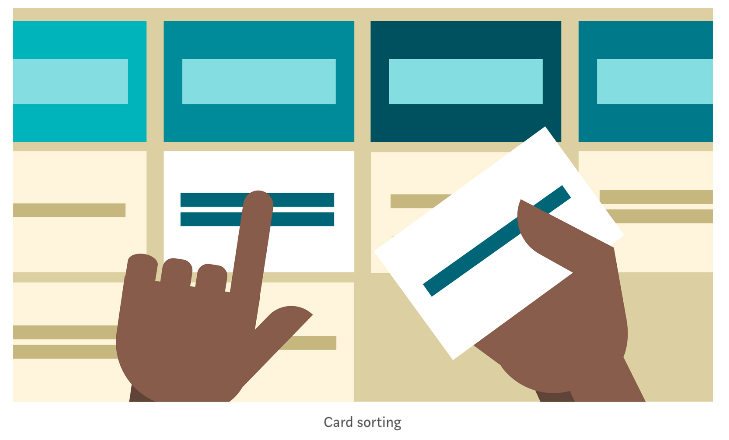
Photo Credit: UXPlanet
One final tip - make your web architecture flexible. Most companies today use some form of an agile website build, which means you’re rolling out upgrades to your site on a pretty continual basis. Start with a smaller, simpler site and then expand as the data suggests you do. You can always add more pages and grow the value of your website. Having to maintain and eventually collapse a website with too many pages because you were overzealous is more difficult and can negatively impact search engine results. Plus, including too many pages in your initial arch map will slow down the production of your site tremendously and delay your launch date.
Need some help optimizing your website for better results? Click below to get in touch.


